Tennis is the most popular racket sport in the world; there’s no argument about that. However, a recent survey shows that many hardcore tennis fans are slowly shifting towards padel and pickleball. Many public and private tennis clubs have helped accelerate this shift by building facilities for both sports.
But what about tennis, which has been the king of the racket for so long? Are we witnessing the end of one of the most prestigious games in this world?
Understanding the Games: Padel vs Pickleball vs Tennis
Before getting into our discussion, here’s a quick overview of the three racket sports:
Pickleball
These days, pickleball is all the rage in the United States blending elements from badminton, table tennis, and tennis. For example, players use a similar solid paddle and perforated ball like table tennis. The pickleball court is pretty much the same in size as badminton.
Yet pickleball is a more personal take on tennis: the smaller court size allows for more friendly banter. As to the physical intensity, it is not as draining as tennis, but it still provides an excellent workout. Because of this, it’s much more appealing to a broader group of recreational racket sports enthusiasts and it’s easy to get started with Pickleball.
As one of the fastest-growing sports in the U.S. today, pickleball invites millions of newcomers every year. The professional leagues and tournaments further boost its international popularity. Most of the private tennis clubs now offer their members the chance to play pickleball in dedicated courts.
Find more articles in our Pickleball blog.
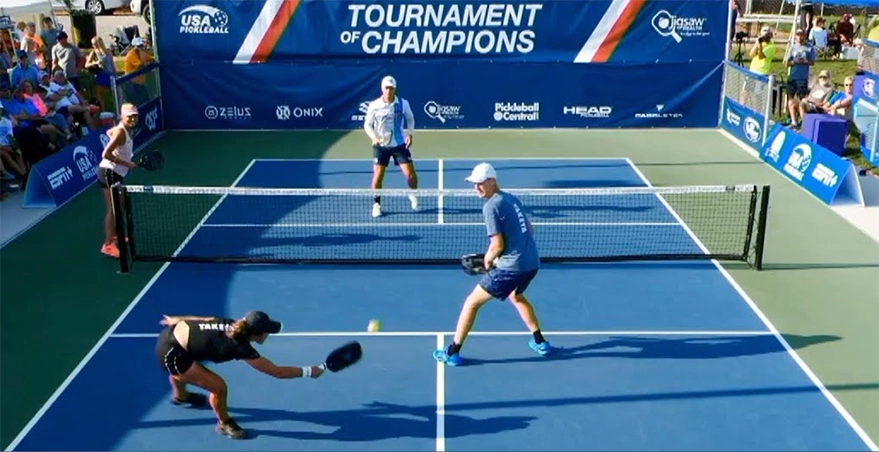
Padel
Padel began a couple of decades ago as a novel sport taking root in Mexico during the swinging sixties. Since originating on the sandy courts of Acapulco, the two-player game has spread throughout Europe and South America like wildfire.
What sets padel apart from its racket sports cousins is its hybrid nature–part hardcourt tennis and part walled squash court; the octagonal playing area encloses competitors on all sides in the glass.
The biggest selling point of padel is its fast-paced nature and the option to use the walls to make creative shots. Like pickleball, it’s played socially with friends and families and has a low-skill floor.
However, it has a much lower following compared to the other two racket sports in discussion. So far, there have been a few professional padel tours and the sport is definitely picking up momentum thanks to celebrities and pro athletes starting to play it. And as more and more people come to love it, there’s no doubt that its reach will stretch across the world.
Tennis
Of the three games, tennis has the oldest origin, dating as far back as the 12th century. It’s born off a type of handball game called “jeu de paume”. Fast forward to today, and the sport is adored by millions worldwide. Tennis is played on a much larger court with a net set higher compared to pickleball. It also uses strung rackets instead of the solid paddles of pickleball.
The sport is known for its elegance and athleticism. Compared to the other two racket games, tennis is much more competitive and has a strong professional circuit. But millions worldwide also enjoy it recreationally.
While both padel and pickleball have enjoyed their flex of muscle in recent times, tennis still reigns supreme as the largest racket sport on the planet. The sport has never suffered in terms of popularity, with prestigious Grand Slam events attracting millions of viewers. Although the number of active players may change, tennis, as a sport, shows no signs of ever slowing down.
What Sets Padel, Pickleball, and Tennis Apart?
While these racket sports share some common ground, they each offer a unique playing experience. Let’s break down the key differences:
Gameplay Mechanics
The standout feature of padel is the ability to play shots off the walls, adding a layer of strategy around angles and rebounds. Tennis emphasizes powerful serves and groundstrokes, often involving more running across its larger court. Pickleball, with its smaller dimensions, tends to be less physically demanding but requires quick reflexes and precise shot placement. Does it mean a tennis player is automatically good at pickleball? Not always the case.
Scoring
While all three sports use a point-based system to determine games, sets, and matches, the specific scoring methods are different.
These distinctions create three distinct sporting experiences, each appealing to players in different ways. Padel offers a unique enclosed environment with creative wall play, tennis provides a classic test of power and endurance, and pickleball delivers a fast-paced, accessible game suitable for a wide range of players.
Equipment
Tennis players hit a pressurized ball using strung rackets. Although padel and pickleball both have paddles, that is where the similarity ends. Padel uses a pressurized tennis ball with less bounce, while pickleball employs a differently shaped plastic ball with holes.
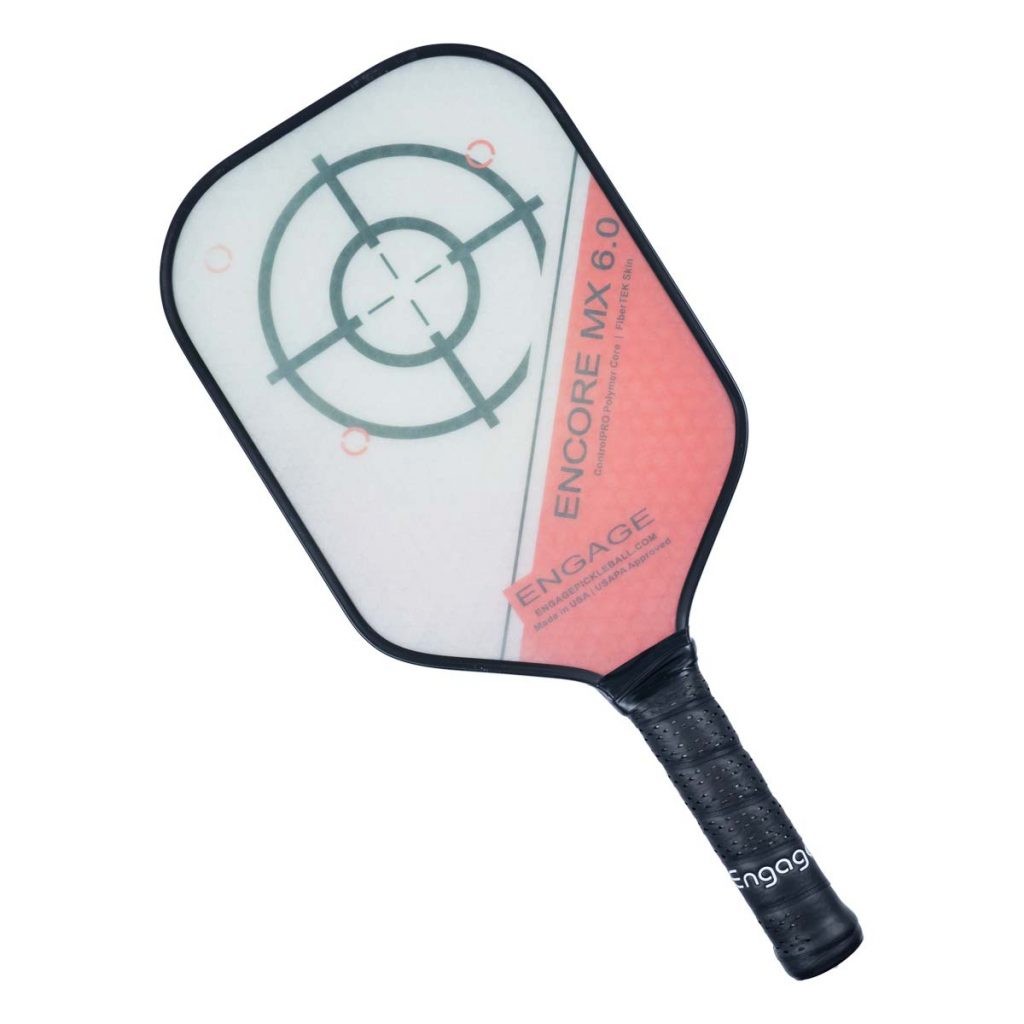
Court Size and Layout
Tennis takes the lead with the largest court. Padel scales things down, using a smaller enclosed space with glass walls and wire mesh. Pickleball goes even more compact, featuring the smallest court of the trio with a lower net and lines reminiscent of badminton.
Is Padel/Pickleball a Threat to Tennis?
The recent meteoric rise in popularity of padel and pickleball has left the tennis world divided. One group believes this is a big threat to tennis’s position as the superior racket sport. Others think padel and pickleball might lead to tennis evolving further.
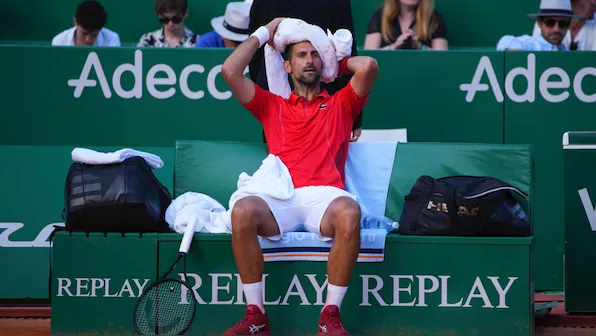
Novak Djokovic, the multiple Grand Slam tennis champion, is not one to mince words and has already sounded the alarm. In a recent interview with The Guardian, he argues that these offshoot sports have “endangered” club tennis.
His reasoning is based on simple math. One tennis court can hold up to three padel courts, making padel courts a viable financial choice for a tennis club to build. More courts mean more players, more lessons, and, ultimately, more revenue. It’s a compelling argument that has some club owners rethinking their court allocations.
“We don’t make it so affordable,” he says, believing the future of tennis is under threat because padel and pickleball are much more easily accessible in comparison.
“Tennis is a very global sport and it’s loved by millions of children that pick up a racket and want to play, but we don’t make it accessible.”
“If we don’t do something about it, as I said, globally or collectively, padel, pickleball in [the] States, they’re going to convert all the tennis clubs into padel and pickleball because it’s just more economical,” he continued.
“You have one tennis court. You can build three padel courts on one tennis court. You do the simple math. It’s just much more financially viable for an owner of a club to have those courts.”
Padel and Pickleball an Entry to Tennis?
But let’s not write tennis’s obituary just yet. The sport still commands a massive global following.
Padel and pickleball are viewed by many not as threats but as entry points to tennis. There’s no argument that padel and pickleball are fun games to play. But they also help players develop core skills like hand-eye coordination, quick reflexes, and court strategies that also translate well into tennis.
Some also believe that padel and pickleball fill the void left behind by the tennis pros. Since the late 80s, the professional tennis scene has been gravitating towards power and athleticism. While that adds a lot more excitement to the game, it also alienates recreational players who just want to blow off some steam. Since padel and pickleball are played on smaller courts, are less demanding on the body, and require more finesse than power, it’s an appealing alternative to racket fans everywhere.
The reality is likely somewhere in the middle. While club owners may need to adapt, tennis isn’t going anywhere. These new sports might even bring fresh energy to racket clubs, attracting players who might not have considered picking up a tennis racket. As the dust settles, we’ll likely see a landscape where all three sports coexist, each offering something unique to players of all skill levels.
Impact of Padel and Pickleball in the Tennis Landscape
The rapid rise of padel and pickleball is reshaping the landscape of racket sports, challenging tennis’s long-standing dominance. While tennis participation has grown to 23.6 million players in the U.S., pickleball has exploded to 8.9 million players in 2022, with some estimates even higher. Padel, though newer to the U.S. market, boasts an estimated 20 million players worldwide.
This shift is forcing tennis facilities to adapt. The Barnes Tennis Center in San Diego exemplifies this trend, offering tennis alongside pickleball and padel courts. While some industry leaders, like Novak Djokovic, believe that club tennis is endangered due to the economic appeal of fitting multiple pickleball or padel courts in the space of one tennis court, others see an opportunity in this diversification.
Wilson Sporting Goods’ CEO Joe Dudy believes the growth will “lift all racket sports.” New facilities like Swing Racket + Paddle in Raleigh are embracing a multi-sport approach, reflecting a broader industry trend towards “rackets directors” rather than just tennis pros.
While tensions exist over court space and resources, many believe these sports can coexist and even complement each other, potentially introducing new players to tennis through pickleball and padel.
The cross-pollination of skills and strategies between these sports could lead to innovations in training methods and equipment design. Furthermore, the increased overall interest in racket sports may attract more sponsors and media attention, hopefully benefiting the entire industry.
What are your thoughts, did you try Padel or Pickelball? Let us know in the comments below!
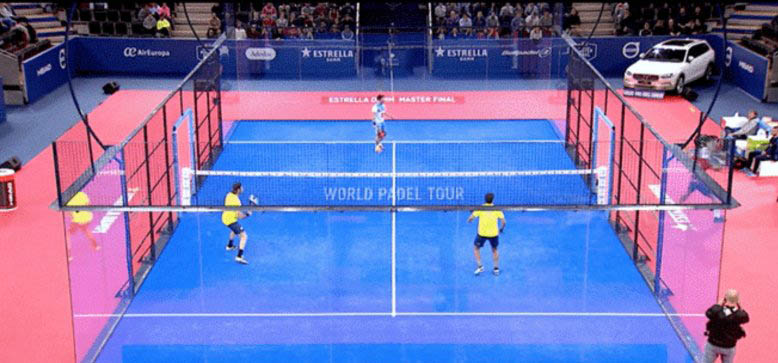


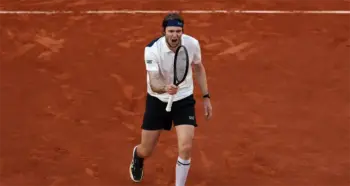

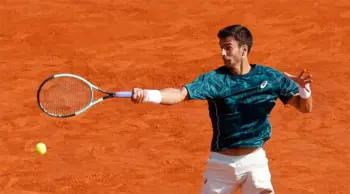
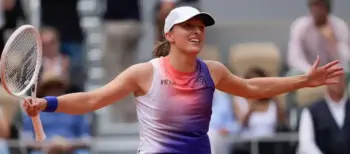
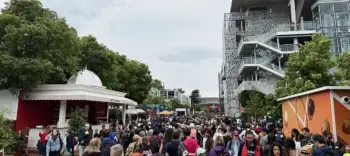
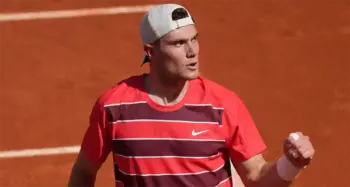
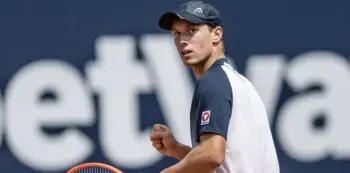
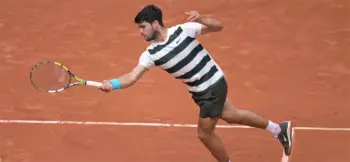
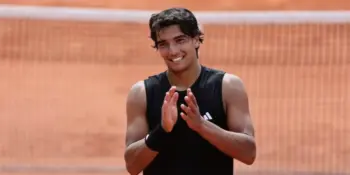
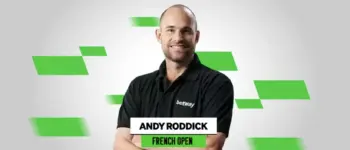
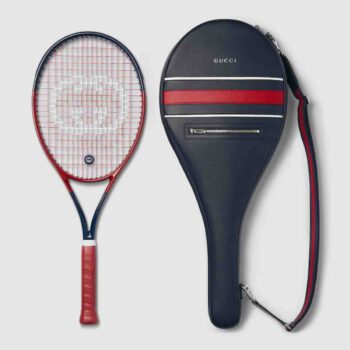
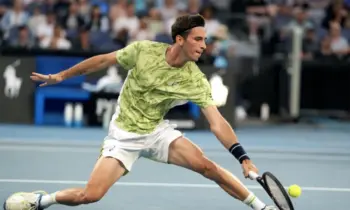

Just came back from playing Padel for the first time. I hooked up 3 of my friends to give it a shot. One of them is very good at beach-rackets and the other two are very advanced tennis players. Like Pickleball, Padel with its underarm serve to start the point-plays is just instant fun! Of course, there needs to be some cautiousness due to the heavier padel paddles and their higher swingweight, so one should have either some lessons first to learn the body mechanics or have some racketsport background to prevent any first-timers injuries. It’s highly possible I transition fully to playing Pickleball and Padel and leave Tennis for Spring. Pickleball is much less demanding then Padel, for sure.